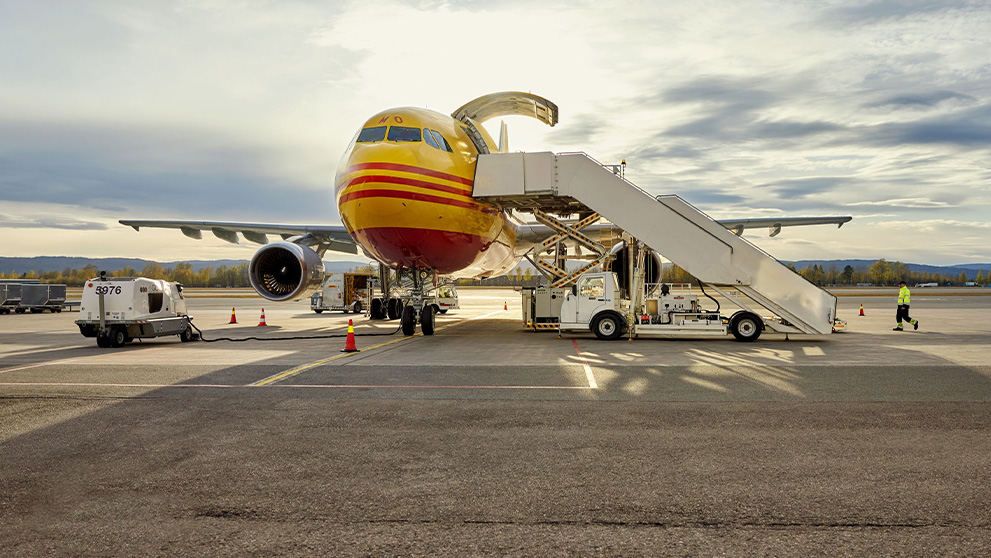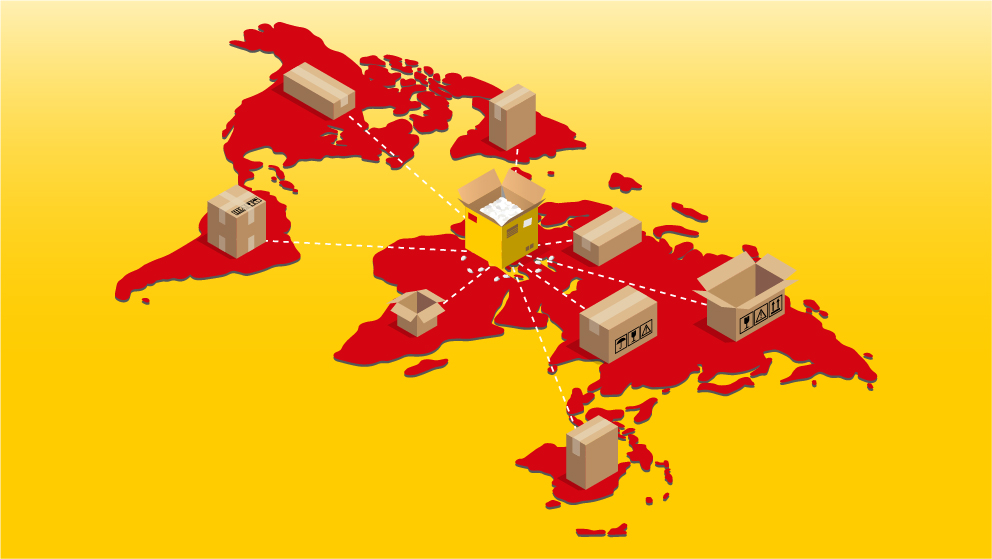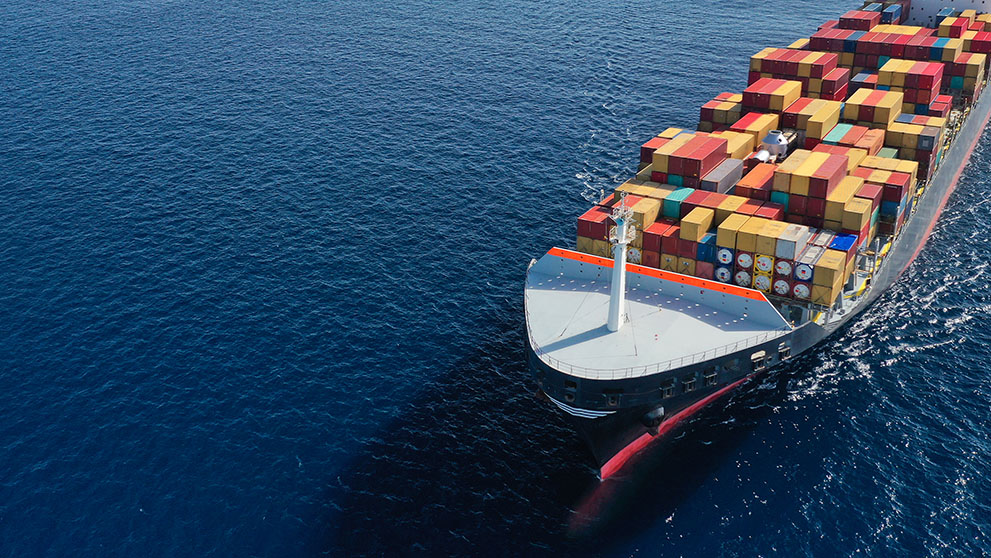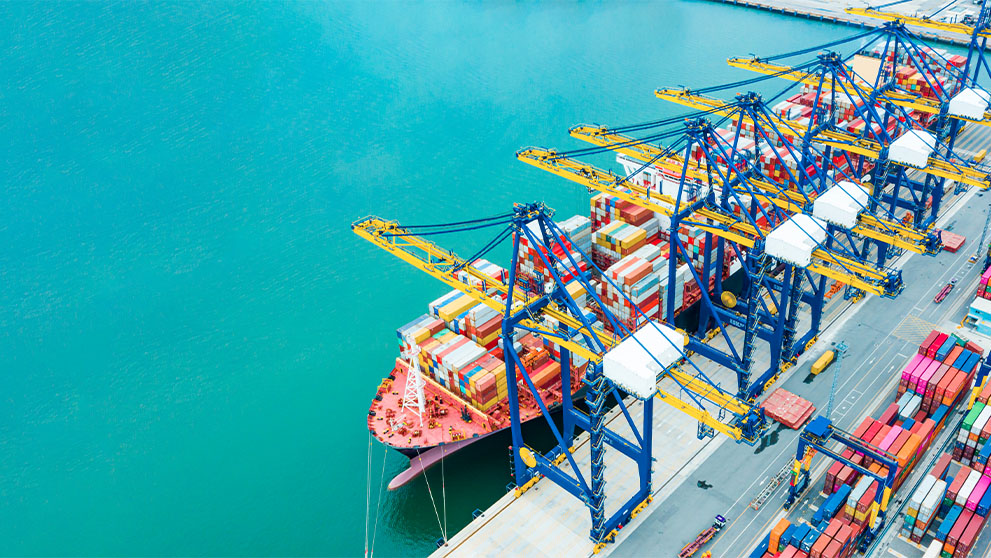What is landed cost, and why is it so important to your business’s bottom line? Discover all in our dedicated guide, including how to calculate your shipment’s landed cost.
1. What is landed cost?
Let’s start with a simple definition of landed cost and then we’ll explain what that definition means in reality. We will also give you a landed cost formula and a quick way to get an estimate for your business with DHL's MyGTS (My Global Trade Services) tool, which has a landed cost calculator.
Landed cost meaning
When an e-commerce business is pricing its products, it will need to consider more than just the cost of the materials. There will be several other costs associated with the product’s journey to the buyer’s door; knowing and factoring in all of these costs is important to ensuring a profit is made.
In simple terms, landed cost can be defined as the total cost of getting a product from the factory to a customer’s door. It includes shipping fees, insurance, and any customs and duties due if the goods cross borders.
What is landed cost in supply chain?
The landed cost is the sum of several different component costs: the product price, transportation costs, customs duties & taxes, other regulatory fees, and insurance costs. Here is a more in-depth explanation of what each of these components means:
- Product price: This includes the total cost of sourcing the raw materials and manufacturing the product, plus the seller’s profit margin, i.e., the final price sold to consumers.
- Freight costs: This encompasses the cost of shipping the product to your customer’s door, including freight cost, customs clearance costs, and other charges of the transport provider.
- Customs duties & taxes, and other regulatory fees: Each country has customs duties and taxes associated with importing and exporting goods, and other regulatory fees (charged by Customs Authorities).
- Insurance costs: This protects you from lost, stolen or damaged goods, and the cost depends on the category and value of your shipped goods
2. Landed cost formula
Below is a simple formula showing how to calculate landed cost.
Calculating landed cost accurately is crucial for businesses to determine true profitability and set appropriate pricing strategies. Here is how to calculate the landed cost of imported or exported goods:
Landed Cost = Product Price + Freight Cost + Customs Duties & Taxes + Other Regulatory Fees + Insurance Cost
3. Landed cost calculator
You can get a quick landed cost estimate through DHL’s MyGTS, a free, user-friendly platform that will help you navigate many aspects of international shipping.
Get landed cost for goods in any country: calculate your product cost, duties & taxes, and freight charges to enhance your pricing strategy. This can also give your customers transparency over shipping fees, which builds trust in your business.
You can log in to MyGTS with your existing DHL Express account, or register a new MyGTS account. Click below for your options.
4. Why is it important to know the landed cost?
Without knowing your business’s costs, you risk running at a loss! Calculating your total landed cost will help you to:
Price your products correctly
An accurate calculation of your landed cost will help you price your products correctly. When you know your total cost, you can price them in a way that covers all expenses while still remaining competitive.
See where you can make savings
Once you understand the total landed cost of your goods, it becomes easier to identify opportunities for cost savings. For example, you may find that sourcing from a different supplier or using alternative shipping methods could reduce costs.
Give your customers a clear breakdown of costs at checkout
Now more than ever, customers expect transparency, especially when it comes to pricing. That’s why giving them a clear breakdown of costs during checkout will build trust with your business. When customers know what they’re paying for and understand that there are no hidden costs, it enhances their confidence in your brand.
5. Factors affecting landed cost
Many of the component costs that make up your estimated landed cost can fluctuate. This includes the following:
Price fluctuations in raw materials
The cost of the raw materials used to manufacture your product(s) can vary, often due to market demand, supply chain disruptions, or changes in global economic conditions. When there is an increase or decrease in raw material prices, this directly affects the overall landed cost of your product. As such, it is essential to monitor these shifts closely.
Fuel and manufacturing costs
The fuel costs involved in producing and transporting your goods can also affect your landed cost. Since fuel prices are often volatile, this fluctuation can make it challenging to predict overall costs. Manufacturing costs may also vary based on factors like labor availability, equipment maintenance, and production efficiency.
Freight and shipping costs
Freight costs depend on multiple variables, including the size, weight, and volume of the goods being shipped, as well as the logistics company handling the transport. Different freight methods, whether air, sea, or land, come with varying costs, which must be factored into your overall landed cost calculations.
Customs duties, taxes, and regulatory fees
Customs duties and taxes differ significantly between countries and can be subject to changes in trade agreements or government regulations. Additionally, regulatory fees imposed by Customs Authorities can vary depending on the product category, destination country, and applicable import/export rules. Therefore, it’s essential to stay informed about any changes in the countries where you do business.
Currency exchange rates
Currency exchange rates can have a major impact on the total landed cost, especially if you are importing or exporting goods across borders. A shift in exchange rates can either increase or decrease the price you pay for your goods, affecting your overall profitability. Regular monitoring of exchange rate fluctuations is essential to avoid unexpected cost increases.
So, while the formula used to calculate your estimated landed cost is relatively simple, these variations make it much more complicated and something you need to keep a close eye on.
6. Landed cost example
Below is an example of a small business’ landed cost estimate from DHL Express.
It gives the business a clear overview of the total costs of getting the product to the customer’s door.
This, in turn, will help them price their products better and give the customer a transparent cost for shipping.
As international logistics specialists and e-commerce experts, DHL can help you grow your business. Apply for a DHL Express Business Account today.























